Unlocking Design Secrets: 7 Elements of Interior Design
Without a doubt, the secret to good design lies in the 7 Elements of Interior Design!
Being an interior designer is a bit like being an artist with a blank canvas, turning empty spaces into cozy homes. Though it’s about blending creativity, practicality, and a good grasp of design basics, when pros work on a project, it’s not just about these skills; they also sneak in some formal design rules in a more casual way. Whether it’s a living room, bedroom, kitchen, home office, or even a bathroom, they use basic design elements to make the space look and feel amazing.
In this blog post, we’re diving into the art of using fundamental design elements – Space, Line, Form, Texture, Colour, Light, and Pattern – to create beautiful interiors. Whether you’re someone who loves decorating your own space or dreams of becoming an interior designer, this guide will spill the secrets to making a space extraordinary.
Related Articles:
- 7 Visual Examples of Elements of Design in Interior Design
- Principles of Interior Design to Make a Room Feel Just Right
- Escape Chaos: How to find Your Personal Design Style
Let’s get started!
The 7 Elements of Interior Design:
Following are the 7 elements of any design.
- Space
- Line
- Form
- Texture
- Colour
- Light
- Pattern
Incorporating these 7 elements into interior designing can significantly enhance the overall aesthetic and functionality of a space. However, including these elements through materials is more challenging than it sounds. Aspiring designers often struggle to integrate these elements into their design projects.
To simplify the process, here’s a quick guide on how to include each element in any project.
Space:
Designing a living space is like crafting a masterpiece, and it all begins with thoughtful space planning. This design element serves as the foundation for every design idea, influencing everything from floor plans to decor choices.
This is precisely why no interior designer will provide insights on your project without visiting your site or, at the very least, meticulously reviewing your floor plan.
A careful study of the space allows for comprehensive planning, covering everything from doors and windows to furniture placement and walking areas.
In interior design, we talk about two types of space:
- Positive Space
- Negative Space
Positive space, filled with furniture and accessories, and negative space, the empty areas in between. Finding the right balance between them is key. Designers use a clever trick by strategically planning negative space to enhance the value of positive space.
Nowadays, with the helpful 2D and 3D design tools, planning your space has become much easier. You can try out different layouts and designs to make sure every inch of your interior is put to good use.
Pro Tip to Incorporate the ‘Space’ Element in Your Interior Design Project:
- Plan Layouts: Consider the overall layout and arrangement of furniture to optimize the available space.
- Create Zones: Define specific areas within a room for different functions, ensuring a balanced distribution of space, enhancing both functionality and visual appeal.
- Multifunctional Furniture: Opt for furniture that serves multiple purposes, especially in smaller spaces, to maximize functionality.
- The Secret: Negative space is the secret to a comfortable and harmonious room. Use it to achieve perfectly balanced interiors, avoiding a cluttered and hectic feel.
Recommended Read: Complete Guide to Furniture Arrangement in Living Room
Line:
The second key player in interior design is Line.
Line helps bring a life in your living space by creating a sense of flow and movement. Lines guide the eye from one point to another.
There are mainly three types of lines:
- Horizontal lines
- Vertical lines
- Dynamic lines. (Dynamic lines are, further categorized into diagonal, curved, and zigzag lines.)
Horizontal lines: These lines make rooms look longer and wider, providing a sense of security and stability.
Vertical lines: These lines are expressive and can create feelings of strength and freedom. Emphasizing vertical lines makes a room appear taller.
Dynamic lines: Dynamic lines add fun and drama to a room when used correctly. They can capture attention and add excitement to a space. However, it’s crucial not to let them overpower vertical and horizontal lines.
Balancing the implementation of these lines is key for a harmonious design. Whether you choose simple horizontal or vertical lines for a clean and minimalist theme or wish to add flair through dynamic lines, maintaining balance is essential.
Pro Tip to Incorporate the ‘Line’ Element in Your Interior Design Project:
- Furniture: Start by using lines to guide the flow of the room, creating a cohesive look through strategic furniture arrangement or wall panelling.
- Details: Accentuate walls or ceilings with lines by incorporating molding, trim, wooden beams, or painted strips.
- Dynamic Lines: Reduce rigidity in design by adding a touch of softness through curved or rounded furniture and decor elements that complement the existing straight lines.
- Hardware and Fixtures: For an extra dose of horizontal and vertical lines, opt for furniture featuring distinctive legs, handles and stylish light fixtures.
Forms:
Form is another term for shape, structure or objects.
Forms in interior designing includes the overall shape of the room, as well as individual elements like windows, furniture, wall art, and vases. They are crucial as they make a space both liveable and functional.
Forms or shapes, whether abstract or defined provide the canvas for other design elements like colours, textures, lights, and patterns to come to life. For example, a red vase stands out with its tall and curvy design, making a bold statement. Similarly, a marble tabletop defines its character with a round shape. The shape of an accent chair also plays a role in shaping the overall aesthetic.
Now, there are three main types of forms.
Geometric Forms – Think of it like shapes with clear lines and angles, making things look neat and organized. e.g. Shape of Wardrobe, Sofa, or your favourite Blue Accent chair! This form predominantly utilizes non-living elements.
Organic Forms – These are shapes of natural elements or inspired by nature, so they’re more flowing and rounded. Organic form doesn’t follow exact patterns or sizes, so it looks kind of natural.eg. Shape of plants, shape of flowers.
Abstract Form – It’s a bit open to interpretation, so you can get creative and play around with the design. These are outlines or shapes that remain concealed to the naked eye. It’s all about finding the right balance between how things look and how they function in the space!
Pro Tip to Incorporate the ‘Form’ Element in Your Interior Design Project:
Pro Tip: How to Incorporate the ‘Form’ Element in Your Interior Design Project
Mix Shapes Like puzzle: Imagine your room as a puzzle, and each piece has its own shape. Arrange furniture and elements like you’re putting together a puzzle. Mix square or rectangular furniture items, wall panelling, partitions, false ceiling for a neat look (Geometric Forms), add some curvy pieces, plants, flowing curtains for a softer touch (Organic Forms), and throw in a few unique pieces to keep it interesting (Abstract Forms). It’s like creating your own design puzzle!
Colour:
Colour in interior design refers to the hues and shades that bring a space to life. It sets the mood, evokes emotions, and defines the personality of a room.
Colours can be warm and inviting, cool and calming, or bold and energetic. They play a vital role in creating a visually appealing and harmonious environment.
Colours allows you to express yourself by choosing hues that resonate with your feelings and style.
Pro Tip to Incorporate the ‘Colour’ Element in Your Interior Design Project:
Pro Tip: How to Incorporate the ‘Colour’ Element in Your Interior Design Project
- Accent Colours: Use colour strategically to highlight specific features or create focal points. It’s a way of directing attention and adding drama to the space.
- Colourful Accessories: Introduce colours through accessories like cushions, rugs, or artwork. It allows for easy changes when you want to update the look.
- Colour Blocks: Divide the room into colour blocks, creating visual interest and balance. For example, you can have a neutral sofa against a vibrant wall.
- Seasonal Vibes: Change the colour scheme with the seasons to reflect different moods. Warm tones for cozy winters, cool blues for refreshing summers—it’s like giving your space a seasonal wardrobe.
Recommended Read: Things to Consider When Selecting Wall Paint Colours.
Texture:
Texture is all about how things look and feel in a space.
Interior designing is a visual art form. Therefore, you should take into account two types of textures.
- Physical (or actual) texture
- Visual (or implied) texture
Physical Texture: This pertains to the tactile feel of a material when touched. You can physically sense the texture through your fingertips.
Think of the smoothness of glass, the softness of a plush rug, or the roughness of exposed brick.
Implied Texture: Also known as visual texture. Some materials lack actual texture and may give the illusion of texture due to factors like colour, shape, light-shadow, and other two-dimensional techniques, even though they are smooth or flat upon touching.
Texture adds depth and tactile interest, making a room look more inviting. They don’t just enhance the look of your interior design ideas; they reflect your personality and preferences.
Combining different textures adds richness and a cozy touch to the overall design.
Pro Tip to Incorporate the ‘Texture’ Element in Your Interior Design Project
Pro Tip: How to Incorporate the ‘Texture’ Element in Your Interior Design Project
- Layered Fabrics:
Combine different fabric textures such as soft cushions, a plush rug, and textured curtains to add depth and coziness. - Natural Elements:
Bring in natural textures like wooden furniture, stone countertops, or woven baskets for an organic and warm feel. - Contrast in Surfaces:
Mix smooth surfaces with rough ones. For instance, pair a sleek glass table with a textured, shaggy rug for an interesting contrast or shiny money plant in a rustic vase.
Pattern:
Patterns are visual elements repeated in a predictable manner. They bring a sense of rhythm and personality to a space.
Patterns can be bold and eye-catching, like stripes or chevrons, or subtle and calming, like floral prints or geometric shapes.
Incorporating patterns adds visual interest and a dynamic quality to the design.
Pro Tip to Incorporate the ‘Pattern’ Element in Your Interior Design Project:
Pro Tip: How to Incorporate the ‘Pattern’ Element in Your Interior Design Project
- Moderation: Moderation is key when incorporating patterns. The first rule is to give patterns space to breathe. What I mean is, if your bed cover has patterns, opt for pillows in solid colours. Similarly, if your wall features patterned wallpaper, it’s advisable to avoid colourful wall art. If your wall has marble panelling on one wall avoid trims and battens on the adjacent walls and so on
- Go Small: If You are not confident to choose patterns then focus on accents.
Use patterns in accent pieces like throw pillows, blankets, or small decor items. It adds visual interest without dominating the entire room.
Recommended Read: Throw Pillows: Elevating Home Interiors with Stylish Touch!
Light:
In the world of interior design, each element plays a special role, and light takes the main stage.
Light is not just a practical necessity; it’s a powerful design tool that can transform the entire mood of a space by creating ambiance, enhancing colours and textures, and highlighting architectural features. Therefore, lighting plays a crucial role in interior design.
Knowing how to use light is important in designing spaces. If you want more natural light, then avoid dark colours, partitions and put in big windows.
For artificial lights, don’t just think about illumination; think about using different kinds of lights together. Picking the right light is like picking a piece of art—it’s a skill. Check out our blog to learn how to choose the perfect light for your space here.
Pro Tip to Incorporate the ‘Light’ Element in Your Interior Design Project:
Pro Tip: How to Incorporate the ‘Light’ Element in Your Interior Design Project
- Light Layering: Move beyond viewing lights solely for illumination. Consider them in layers. Experiment with ambient, task, and accent lighting to create depth, focus, and highlights within your interiors.
- Play with Shadows: Shadows can add depth and intrigue to a room. Experiment with the placement of lights to create interesting shadows, especially with decorative elements like sculptures or textured wall surfaces.
Conclusion:
As you immerse yourself in the world of interior design, keep in mind that elements such as Space, Line, Form, Texture, Colour, Light, and Pattern harmonize like a beautiful melody, weaving together style and practicality.
Whether you’re a DIY enthusiast or aspiring to be a designer, let this guide be your companion in crafting stunning spaces.
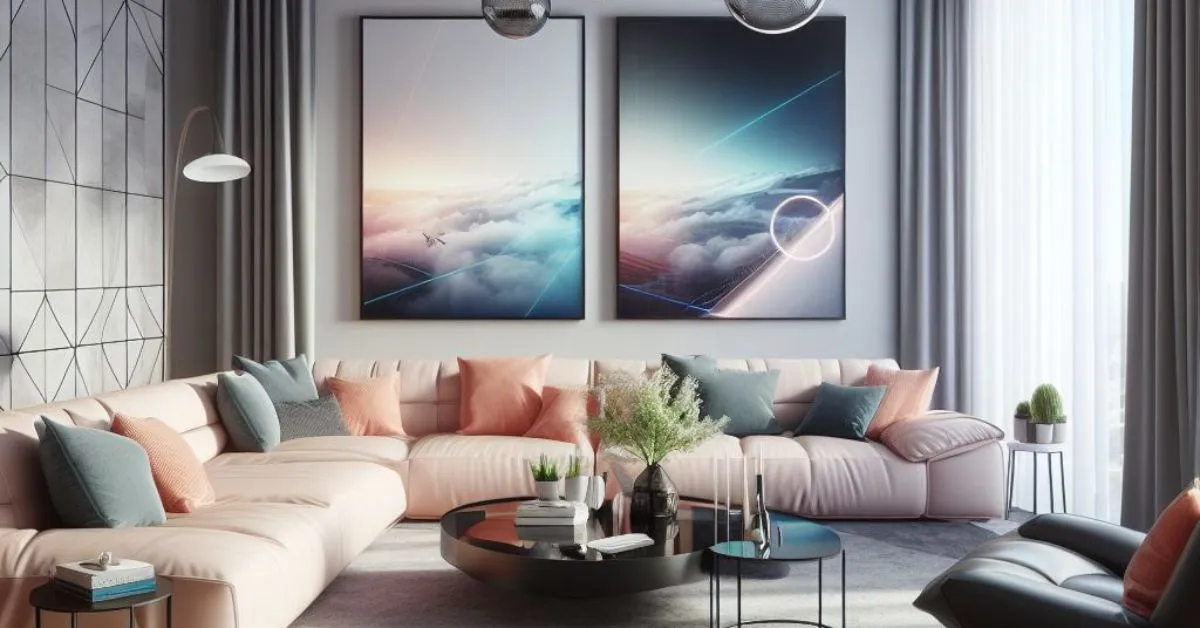

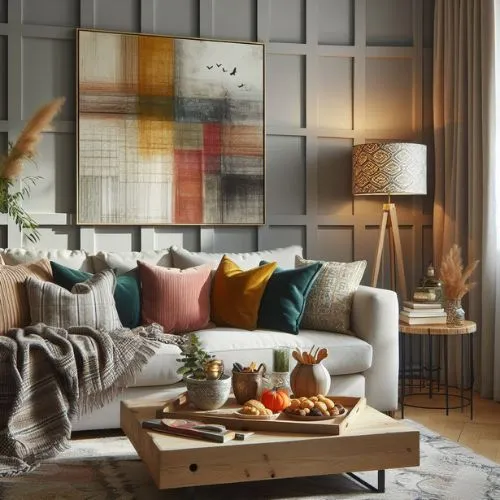
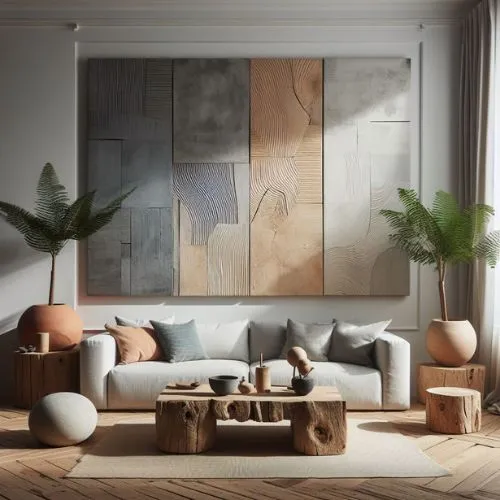
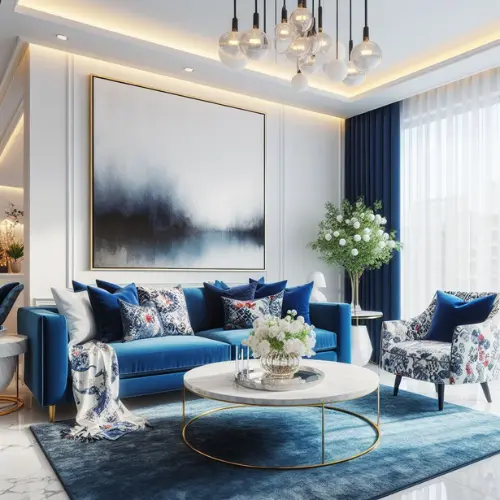
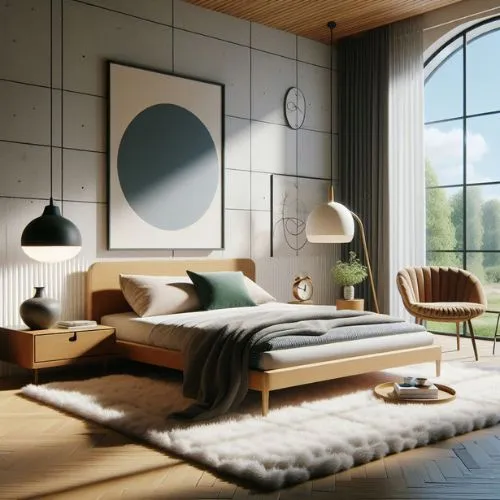


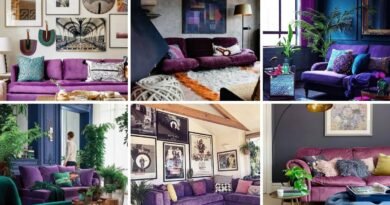

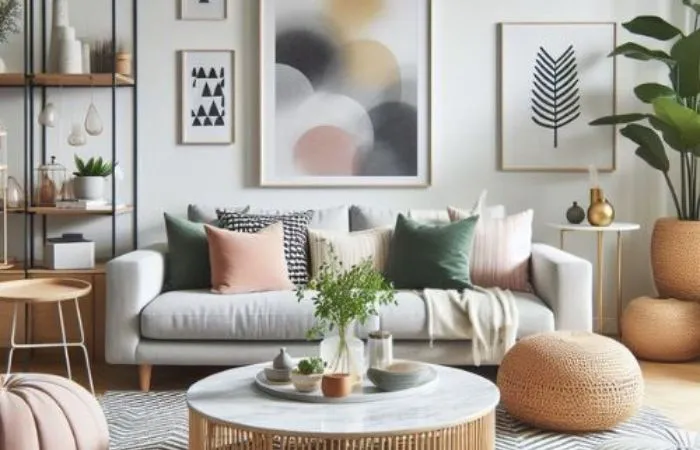
Pingback: Escape Chaos: How to find Your Personal Design Style - Cozy Haven Tales